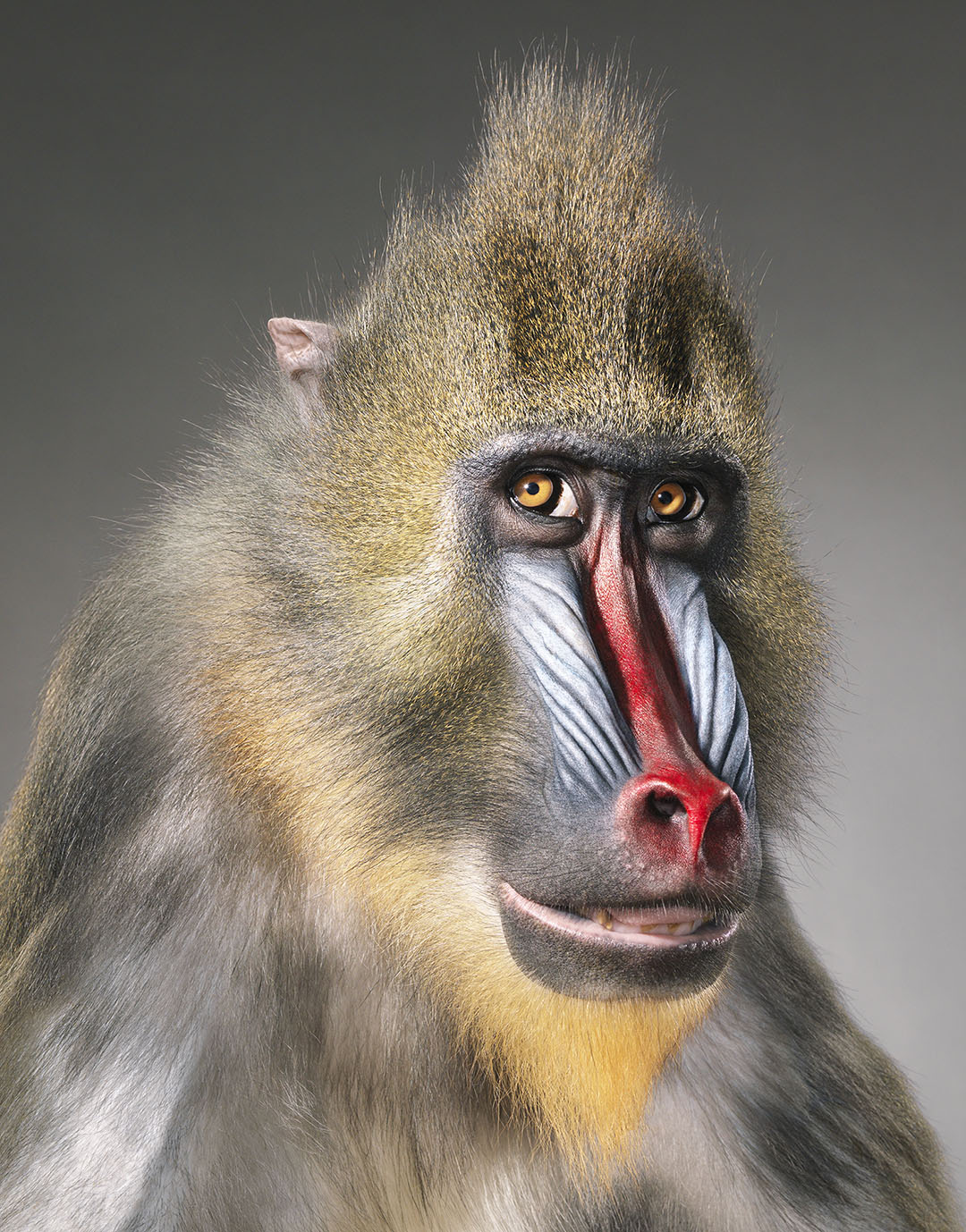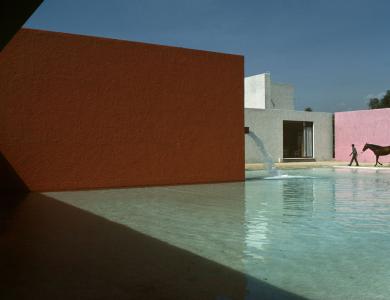
Tim Flach is a British wildlife photographer who creates animal portraits that are intriguing and unsettling in equal measure. Fascinated by the animal kingdom and our relationship to it, Flach captures the character of his subjects with startlingly clarity to create a strong emotional connection. His pictures showcase a wide range of species.
Tim takes over our Instagram feed for a week (June 16 to 22, 2019), sharing a collection of his poignant animal portraits. We caught up with him to discover more about his photographic vision.
Your style is distinctive, why do you choose to not include the subject in its surrounding environment?
My book project Endangered took me on a very different journey to my previous projects. Although I photograph some of my animals in their natural habitat, I'd intentionally introduce a black backdrop to separate them from the potentially distracting backgrounds and thereby emphasize the personality and character of my subject. When photographing these animals on the edge of extinction, my priority was to produce emotionally engaging images. Without empathy, it’s difficult to garner conservation support.
In More Than Human, you photographed a diverse range of animals in a studio environment, an approach you've said to try and strengthen the connection between the viewer and the animal. Can you elaborate on this?
With my project More Than Human, I was able to develop my animal pictures in a style we might describe as more culturally associated with human portraiture. Recently, social scientists are beginning to recognize such an approach, describing it as critical anthropomorphism. They believe this may have an essential role to play in allowing us to have better insight into animal worlds.
Animals are unpredictable subjects so you must have encountered quite a few creative challenges, do you have any particular anecdotes you’d like to share?
Choosing not just animals, but animals on the edge of extinction is inviting trouble. There were certain images I was willing to go to greater lengths to achieve. The one that comes to mind is the Saiga, this entailed summer and winter trips to Russia in an area near the Caspian Sea. On the first occasion, all the images were so distorted by the extreme heat that they were unusable. On the second occasion, it was -20°C when I finally got the image of the Saiga in its winter coat, resulting in a much more interesting shot.
Wildlife and nature photography have benefited from a number of amazing technological developments in the last few years, what do you think is next for the genre?
My latest book couldn’t have been realized in the way it was without the benefits of technology: greater sensitivity and larger files sizes of the cameras made a big difference. I do totally respect how technology facilitates.
Have you got any future projects lined up you can share with us?
With respect to future projects, I'm working on a bird book that is to be published in fall 2021. Another area of interest is ideas relating to visual perception.


